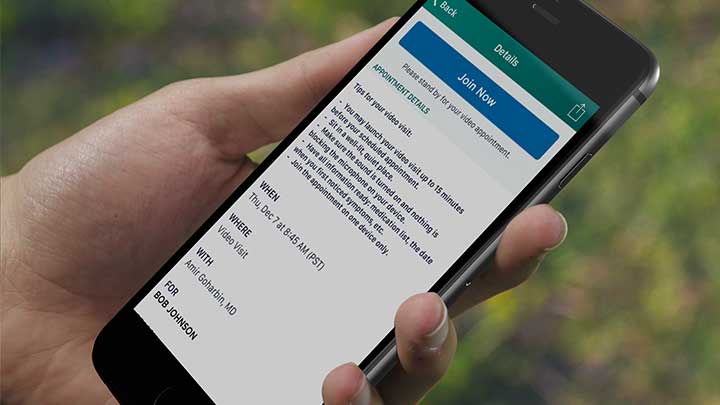
Kaiser Permanente is working toward resuming non-urgent and elective surgeries and procedures in a coordinated manner that will continue to protect our patients, staff, physicians, and communities.The latest information on our temporary medical offices hours of operation and pharmacy hours can be found on kp.org/coronavirus.


Our “Virtual First” approach to care is in place for your employees’ safety and convenience and the provider they connect with can always help them determine if they need an in-person visit.Given the emphasis on physical distancing, seating has been modified in waiting areas and six-foot floor markers have been established in the pharmacy lines. We are requiring all patients, visitors, staff, and physicians to wear a mask while in the medical office.Īs was always a part of our practice, each exam room and its equipment are thoroughly cleaned in between each patient visit. At that time, they will be given a mask if they do not already have one.

When a member arrives at a medical office, they will be greeted by a Kaiser Permanente team member for check-in. As we begin increasing in-person access, we want members to take a “Virtual First” approach to accessing care. Throughout the COVID-19 crisis, Kaiser Permanente has been a leader in the state in offering robust virtual services to provide members with the care they need, while helping ensure the safety of our patients, staff, and physicians. While we know that all care cannot be managed through a virtual visit, we encourage members to utilize our many virtual care options, when appropriate, prior to scheduling an in-person appointment. This approach will provide additional locations for members to be seen in-person for primary and specialty care needs that can’t be met virtually. While the state of Colorado transitions to a “Safer at Home” model, Kaiser Permanente is initiating a phased approach to reopening some of our medical offices. The reports were shared widely and prompted local leaders to share best practices with one another to improve processes, according to the health care network.As Kaiser Permanente continues response to COVID-19, our highest priority remains the safety of our members, our staff, and the communities we serve. Kaiser Permanente generated weekly reports on virtual visits, which included the medical assistant rooming rate and video connection rate. “We found a very high rate of success during a challenging time of the pandemic.” “There’s always a chance that technology will fail or you won’t have good enough reception,” said Reed a scientist with the Kaiser Permanente Division of Research. Overall, the study found 87% of video visits had a successful connection, “which is stellar in my opinion,” Reed said. The initiative included “virtual rooming,” in which medical assistants called patients 15 minutes before visits to aid in connecting them with physicians.īased on trends from October 2020, the practice increased connection rates for all patients, including those in low socioeconomic status neighborhoods (11.4%), Black patients (12.1%), Latino patients (9.8%), Asian patients (8.1%) and white patients (5.2%).įor those needing language interpretation, connections with assistance were an estimated 13.1% higher, compared with 7.4% for those not needing interpretation, according to the study. The Permanente Medical Group developed a regionwide initiative to promote and support video care. In March 2020, the health care system saw a rapid increase in the number of video visits when in-person medical care was reduced to limit COVID-19 virus transmission.

Kaiser Permanente Northern California has 9,500 physicians treating 4.5 million members. The data was published in the journal JAMA Internal Medicine. “Our study didn’t identify exactly how this happens, but we believe it is because the medical assistant is available to walk patients through the technology and provide encouragement and a human connection.” “The involvement of a medical assistant seemed to reduce the technology gap,” senior author Mary Reed, DrPH, said in a news release. The connections especially benefited patients who needed language interpretation or lived in a low-socioeconomic status neighborhood, according to the health care network. Video visits had better connection rates between patients and primary care doctors when medical assistants began the calls during the COVID-19 pandemic, according to a new report by Kaiser Permanente’s Division of Research.


 0 kommentar(er)
0 kommentar(er)
